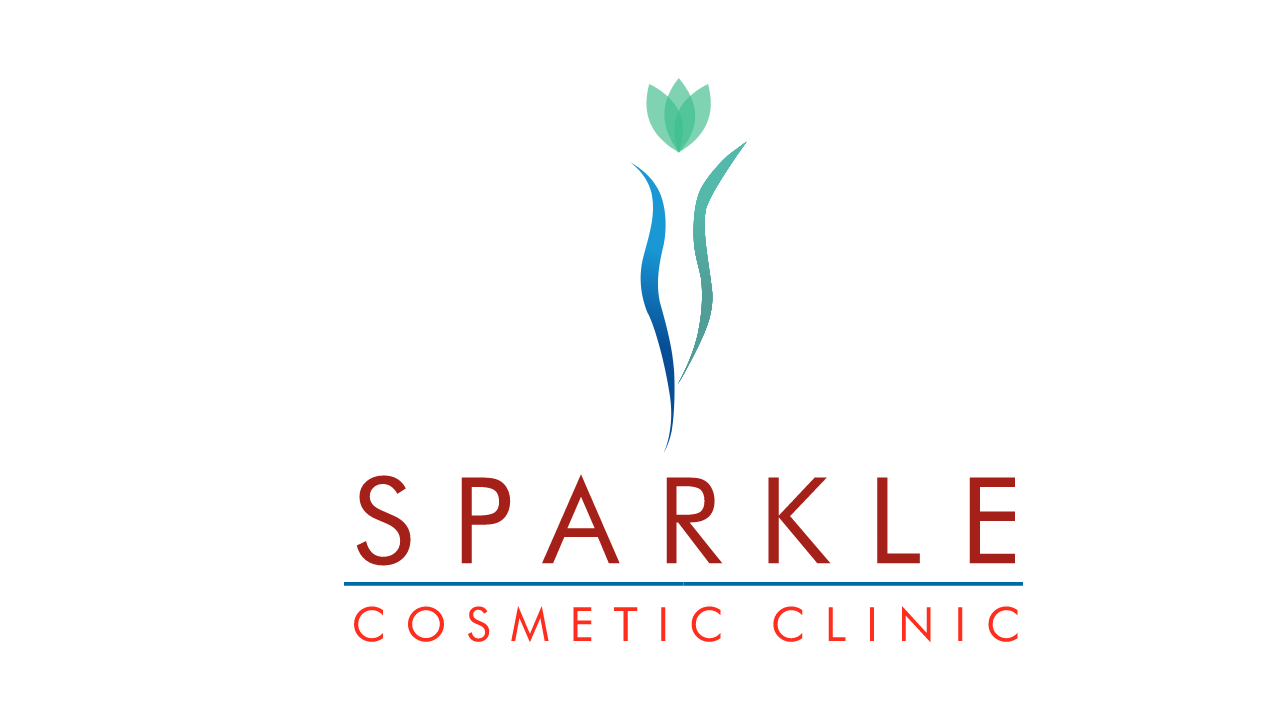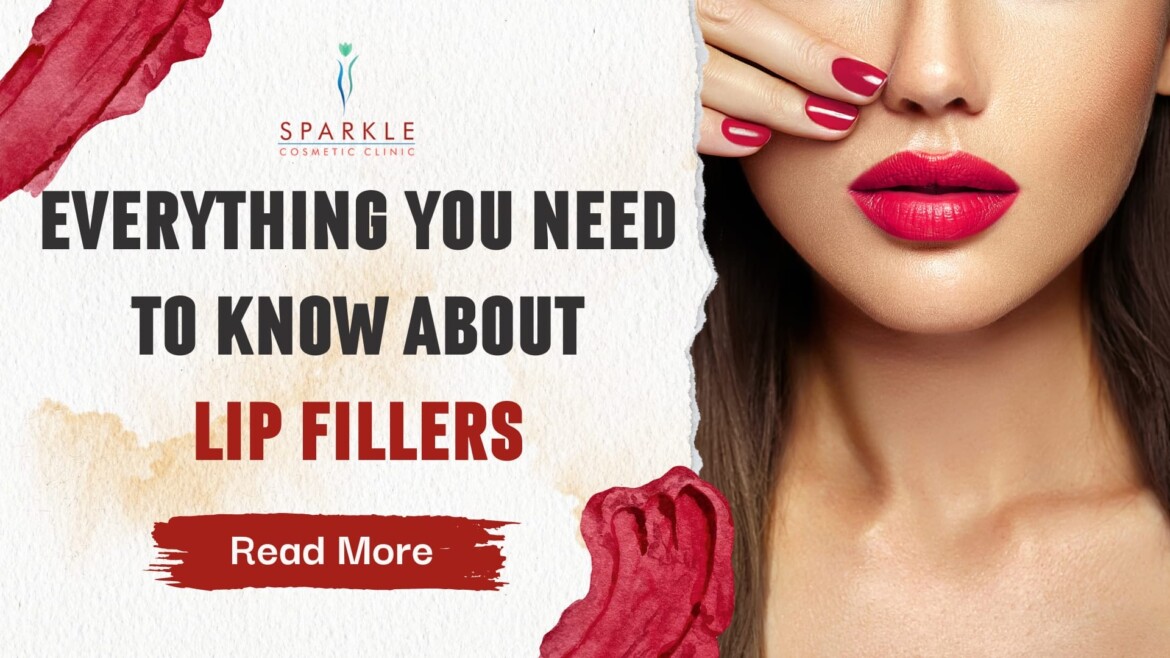In the ever-evolving world of beauty and cosmetic enhancements, lip fillers have gained immense popularity over the years. Whether you’re looking to enhance your natural pout or restore volume lost due to aging, lip fillers offer a convenient solution. However, before you take the plunge and schedule your appointment, it’s crucial to understand everything there is to know about lip fillers. In this comprehensive guide, we’ll cover everything from what lip fillers are to their benefits, risks, and the procedure itself.
What Are Lip Fillers?
Lip fillers, also known as lip injections or lip augmentation, are cosmetic procedures designed to add volume, shape, and structure to the lips. They typically consist of injectable dermal fillers, which are substances that are injected into the lips to enhance their appearance. The most common types of dermal fillers used for lip augmentation include hyaluronic acid-based fillers, such as Juvederm and Restylane.
Benefits of Lip Fillers
There are several benefits associated with lip fillers, which is why they have become increasingly popular among individuals seeking to enhance their lips’ appearance:
- Enhanced Volume: Lip fillers can add volume to thin or naturally small lips, giving them a fuller and more plump appearance.
- Improved Shape: Lip fillers can help improve the shape and symmetry of the lips, creating a more balanced and aesthetically pleasing look.
- Youthful Appearance: As we age, our lips may lose volume and definition. Lip fillers can help restore a more youthful appearance by replenishing lost volume and minimizing the appearance of fine lines and wrinkles around the mouth.
- Customizable Results: One of the key advantages of lip fillers is that they offer customizable results. Your healthcare provider can work with you to achieve your desired lip shape and size, ensuring natural-looking results.
Risks and Considerations
While lip fillers are generally considered safe when performed by a qualified and experienced healthcare provider, it’s essential to be aware of the potential risks and considerations associated with the procedure:
- Bruising and Swelling: Bruising and swelling are common side effects of lip fillers and typically subside within a few days to a week after the procedure.
- Allergic Reactions: Although rare, some individuals may experience allergic reactions to the dermal filler substance used in lip injections. It’s essential to discuss any known allergies with your healthcare provider before undergoing treatment.
- Infection: As with any injectable procedure, there is a risk of infection at the injection site. To minimize this risk, it’s crucial to choose a reputable healthcare provider and follow post-procedure care instructions carefully.
- Temporary Results: The results of lip fillers are not permanent and typically last between six months to a year, depending on the type of filler used and individual factors such as metabolism and lifestyle habits.
- Overfilling: Overfilling the lips can lead to an unnatural or disproportionate appearance. It’s essential to communicate your desired outcome clearly with your healthcare provider and avoid excessive filler volume.
The Lip Filler Procedure
The lip filler procedure is relatively quick and straightforward, typically taking around 15 to 30 minutes to complete. Here’s what you can expect during the process:
- Consultation: Before undergoing lip filler treatment, you’ll have a consultation with your healthcare provider to discuss your goals, expectations, and medical history. Your provider will assess your lips’ shape and structure and recommend the most suitable treatment plan for you.
- Preparation: Prior to the procedure, your lips may be numbed with a topical anesthetic to minimize discomfort during the injections.
- Injection: Once your lips are numb, your healthcare provider will carefully inject the dermal filler substance into targeted areas of your lips using a fine needle or cannula. They will then massage the lips to ensure the filler is evenly distributed and achieve the desired shape and volume.
- Aftercare: After the procedure, you may experience some swelling, bruising, or tenderness in the treated area. Your healthcare provider will provide you with instructions on how to care for your lips post-procedure, including avoiding strenuous activity and applying ice packs to reduce swelling.
Conclusion
Lip fillers offer a safe and effective solution for enhancing the appearance of your lips, providing natural-looking results with minimal downtime. By understanding the procedure, benefits, risks, and aftercare involved, you can make an informed decision about whether lip fillers are right for you. If you’re considering lip augmentation, be sure to consult with a qualified healthcare provider who can assess your individual needs and goals and recommend the best treatment plan for you. With proper care and maintenance, you can enjoy fuller, more beautiful lips that enhance your overall appearance and confidence.




